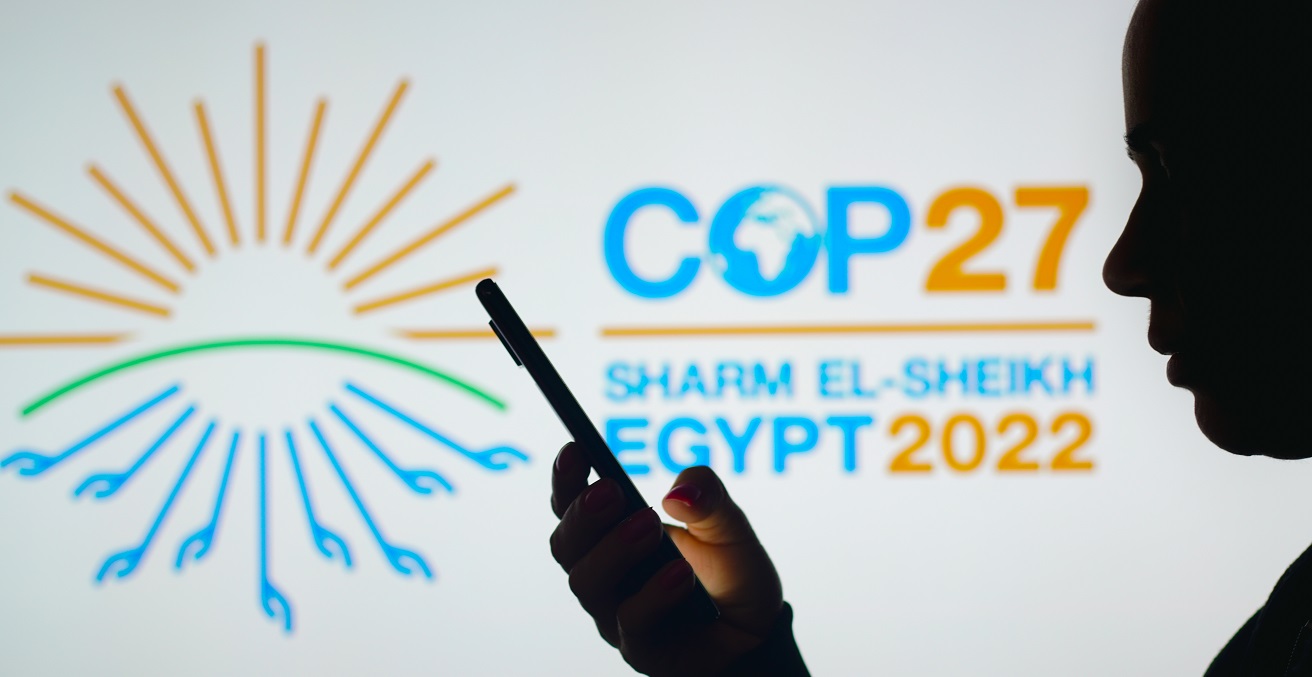Equitable Climate Finance is Key to a Successful COP27

The upcoming COP27 climate talks in Egypt come amidst global turmoil. Despite this, the COP27 meetings must achieve meaningful progress with regard to climate finance for lower-income countries that are disproportionately harmed by climate change.
Global (in)equity will be a major focus of the upcoming climate talks in Sharm El-Sheikh, Egypt next month. The 2022 global climate summit comes at a time of great global uncertainty and opportunity. This 27th meeting of the Conference of the Parties (COP) to the United Nations’ (UN) climate regime comes as governments face a slew of challenges. The ongoing pandemic, skyrocketing inflation rates, and Russia’s war with Ukraine has destabilised the global economy and triggered food and energy crises around the world. Meanwhile, the effects of climate change are exacerbating environmental crises, forcing countries to deal with unprecedented flooding, wildfires, droughts, sea level rise, and other deadly and costly natural disasters. As humanity finds itself in an increasingly precarious situation, the COP27 talks must center those most affected by climate change: the poor who lack the means to move to safer locations and to build infrastructure to safeguard against the increasing effects of climate change. Thus, progress in the realm of equitable climate finance is necessary for a successful COP27 meeting.
Climate change exacerbates existing inequities across countries. Today’s high-income countries amassed their wealth by industrialisation via cheap fossil fuels, resulting in the historic emissions causing our current climate crisis. While these high-income countries can better afford to invest in mitigation and adaptation, lower-income countries that contributed the least to climate change are now bearing the brunt of its burden. World Bank data shows the average Bangladeshi citizen, for example, is responsible for 1/24th of the carbon dioxide emissions when compared with the average citizen in countries like Australia, Canada, and the United States. Despite its comparatively low emissions, however, the Bangladeshi government estimates that it spends around seven percent of its overall budget on addressing the effects of climate change, while poor families in rural Bangladesh spend even more – an estimated US$2 billion a year – on climate change prevention and mitigation efforts. Now facing skyrocketing food and energy prices due to fallout from COVID-19 and Russia’s war with Ukraine, Bangladesh is making major sacrifices in areas like education and government services to keep up with its debt payments, even as it seeks new loans from multilateral banks like the International Monetary Fund, World Bank, and Asian Development Bank for the purposes of defending itself from climate change.
The Principle of Common but Differentiated Responsibilities
Lower-income countries have long pushed for greater equity in addressing climate change. One of the founding principles of the UN’s climate regime is that of “common but differentiated responsibilities” (CBDR). Established via the 1992 Rio Declaration that underpins the climate regime, CBDR acknowledges that while all countries share a stake in ensuring a healthy global environment, industrialised countries are responsible for a great majority of the historic greenhouse gas emissions that have accumulated in the atmosphere to cause climate change. As such, these countries must take on greater responsibility not only to mitigate their greenhouse gas emissions, but also to help lower-income countries adapt to the effects of climate change.
However, wealthy countries, as a whole, have fallen short of meeting their commitments. In 2009, high-income countries agreed to provide $100 billion annually to less wealthy states to help them adapt to and mitigate climate change by 2020–a goal reaffirmed at the 2015 Paris climate talks. While this amount is nowhere near enough to address the adaptation and mitigation costs faced by lower income-countries, it nevertheless seemed a step in the right direction in upholding CBDR. Unfortunately, however, nearly three-quarters of the funds came in the form of concessional and non-concessional loans with market-based interest rates, rather than grants. As lower-income countries face looming debt crises, such loans may have the effect of leaving cash-strapped governments less able to address loss and damage due to climate change in the future.
Climate Finance and Equity
During last year’s global climate conference in Glasgow (COP26), wealthy countries once again committed to providing $100 billion annually to lower-income countries to help them curb greenhouse gas emissions and build resilience to climate change. This is vital as the costs of climate change rise, particularly among the countries with the lowest incomes. If we seek equity and to uphold the principle of CBDR in our global response to climate change, those who are least responsible for the problem should receive grants-based financial assistance from those who are responsible for the climate crisis, rather than costly loans. This is particularly important in 2022, as many low-income countries already face rising food and debt crises.
In addition to ensuring that climate finance is distributed to lower-income countries through grants rather than loans, a larger portion of the climate aid needs to be set aside for adaptation. While COP26 resulted in an agreement to double climate funding for adaptation to $40 billion by 2025, UN Deputy Secretary General Amina Mohammed estimated that $300 billion will be needed annually for adaptation by 2030. Thus, the V20 Group of Finance Ministers that represent 55 of the most climate-vulnerable countries is calling for 50 percent of the climate financial aid to lower-income countries be allocated for adaptation projects, rather than primarily focusing on climate change mitigation, which is where most funding has been allocated in the past. According to V20, costs associated with climate change across the 55 vulnerable states amounted to $525 billion over the past 20 years, or one-fifth of the wealth of these countries. It is profoundly unjust that many lower-income countries are going into debt to tackle a problem they did not create.
COP27 and the Road Ahead
Ensuring equitable climate finance is at the top of the COP27 agenda. Even the United States, which has long avoided acknowledging its disproportionate responsibility for climate change, is calling for greater climate justice internationally. Last year, the US climate envoy, John Kerry, explained that the US has a moral responsibility to provide solutions to climate change, as it is the second-largest emitter in the world. In more recent weeks, the European Parliament adopted a resolution which calls for the adoption of grants rather than loans to support mitigation and adaptation projects in lower-income countries that face loss and damage due to climate change.
While it remains unclear how Russia’s war with Ukraine and resulting food and energy crises will impact the upcoming climate talks, these shocks to the global economy could provide an opportunity to restructure climate finance and hasten the global shift away from oil and gas. The oil shocks of the 1970s, for example, forced European countries to rapidly increase energy efficiency and accelerated innovation in renewable energies. If we are to avert further catastrophe in these precarious times, wealthy countries must act on their disproportionate responsibility for historic and per capita emissions. Without greater financial contributions and meaningful reforms to climate finance, debt-strapped lower-income countries will soon find themselves even less able to mitigate and adapt to climate change. COP27 provides an opportunity for countries to collaborate on crafting more appropriate climate finance programs in the form of grants to lower income countries bearing the burden of loss and damage due to climate change.
Dr Saskia van Wees holds a PhD in International Relations from the University of Florida and previously worked on international trade issues for a government affairs firm. Her research interests include global climate governance, the politics of global performance indices, and issues related to climate justice and equity. Saskia recently published “Interpretive Methodologies, Quantitative Methods, and Comparative Environmental Politics” (2021) with J. Samuel Barkin and V. Miranda Chase in The Oxford Handbook of Comparative Environmental Politics.
This article is published under a Creative Commons Licence and may be republished with attribution.





